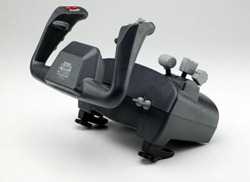To provide the best experiences, we use technologies like cookies to store and/or access device information. Consenting to these technologies will allow us to process data such as browsing behavior or unique IDs on this site. Not consenting or withdrawing consent, may adversely affect certain features and functions.
The technical storage or access is strictly necessary for the legitimate purpose of enabling the use of a specific service explicitly requested by the subscriber or user, or for the sole purpose of carrying out the transmission of a communication over an electronic communications network.
The technical storage or access is necessary for the legitimate purpose of storing preferences that are not requested by the subscriber or user.
The technical storage or access that is used exclusively for statistical purposes.
The technical storage or access that is used exclusively for anonymous statistical purposes. Without a subpoena, voluntary compliance on the part of your Internet Service Provider, or additional records from a third party, information stored or retrieved for this purpose alone cannot usually be used to identify you.
The technical storage or access is required to create user profiles to send advertising, or to track the user on a website or across several websites for similar marketing purposes.



0 Responses
I use the CH yoke since many years. In reality and on a GA plane you have little forces on ground and at slow speed but the yoke get significantly harder to move the more you airspeed you fly. So for me the CH yoke is to strong on ground and too soft in cruise. And by far too soft for any airliner. So I would not follow this recommendation. The best would be a small motor on the spring which in reaction to airspeed would tension the springs, but that is a dream so far.
The other problem is friction in the bushings. The stronger the springs, the less influence it has, so from that I like stronger springs than the standard.